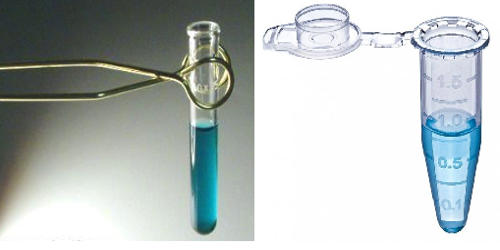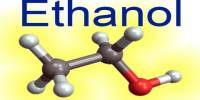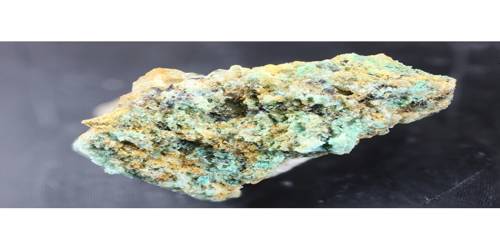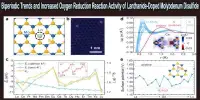Microanalysis is a chemical analysis on a small or minute scale that usually requires special, very sensitive, or small-scale apparatus. It is the qualitative or quantitative chemical analysis of very small amounts of substances. It is the chemical identification and quantitative analysis of very small amounts of chemical substances (generally less than 10 mg or 1 ml) or very small surfaces of material (generally less than 1 cm2). Generally, it is the quantitative analysis of chemical compounds using a sample of a few milligrams. It is one method used to observe pore sizes directly after magnifying the sample. It is the chemical identification and analysis of extremely small quantities of matter. It combines location-specific structural and composition analysis in one operation.
One of the pioneers in the microanalysis of chemical elements was the Austrian Nobel Prize winner Fritz Pregl. Microanalysis usually involves the use of a scanning electron microscope to perform chemical analysis of micron-sized areas of a surface.
Methods
Microanalysis usually involves the use of a scanning electron microscope to perform chemical analysis of micron-sized areas of a surface. The most known methods used in microanalysis include:
- Most of the spectroscopy methods: ultraviolet-visible spectroscopy, infrared spectroscopy, nuclear magnetic resonance, X-ray fluorescence, Energy-dispersive X-ray spectroscopy, and mass spectrometry
- Most of the chromatography methods: high-performance liquid chromatography, gel permeation chromatography;
- Some thermal analysis methods: differential scanning calorimetry, thermogravimetric analysis;
- Electrophoresis;
- Field flow fractionation;
- X-ray diffraction;
- Combustion analysis.
The microanalysis laboratory provides a comprehensive and efficient elemental and thermal microanalysis service. The Elemental Microanalysis Service is the ideal method to determine sample purity and combined with Mass Spectrometry and NMR allows for the characterization of a compound. Microanalysis is used to help determine the composition and purity of compounds. The service is generally available for analysis of pure solid chemical samples, although other types of material may be accepted by prior arrangement.
Advantages
Compared to normal analyses methods, microanalysis:
- Requires less time for preparation
- It requires less sample and solvent and thus produces less waste and is more cost-effective.
- It is a statistical method, and there must be enough pores for observation in order to obtain the representative results
Disadvantages
- The handling of small quantities is not always simple.
- Higher accuracy of weighing is necessary (e.g. use of accurate balance).
- For most common detector designs, some elements, e.g. nitrogen, produce very weak responses, resulting in unreliable detection for most materials.
















